November 2024

Adapting food with biochemistry
Biochemists, molecular biologists and geneticists can redefine how we think about food — whether by helping crops adapt to a changing climate, enhancing nutritional value in sustainable ways or simply making food easier to eat or more delicious. This collection explores how scientists use the building blocks of life to innovate what we eat and ensure our food meets the needs of the future.
— Marissa Locke Rottinghaus, science writer
Feature articles

Crop modifications are fortifying our food supply against climate change
Scientists explore genetic and biochemical innovations fueling future-proofing agriculture.
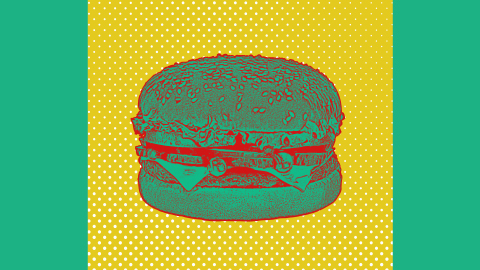
Modified pea proteins are shaping the future of meat alternatives
University of Minnesota scientists use enzymes to mimic beef texture in plant-based protein.

Antioxidant-enhanced ice cream could change the game for frozen treats
University of Wisconsin scientists create a sweet treat with more nutrients and better stability using tannins.

What makes lager yeast special? Inside the genetics of beer
University of Wisconsin scientists explore a microbe’s cold-tolerance for better brewing.
Water essays
Water is the 2024 molecule of the year
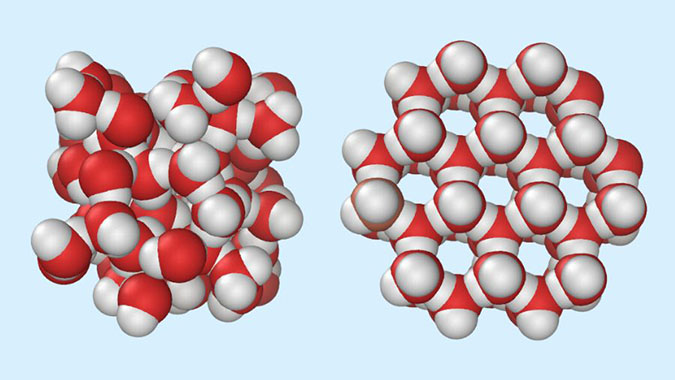
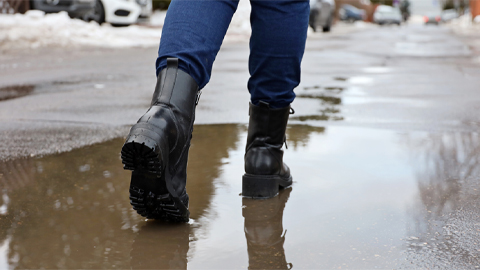
Water, you say?
Sephra Rampersad recalls a great scientist asking, what is the one critical component that could make or break your experiment in any lab?

Water, aging and protein quality control
Alice Liu thought an increase in heat shock protein chaperones would prevent misfolding in Huntington’s disease proteins. The results surprised her, and water was the key.

Water takes center stage
Danielle Guarracino remembers the role water played at two moments in her life, one doing scary experiments and one facing a health scare.

There are worse things in the water
E. coli levels determined whether Olympic swimmers could dive into the Seine this past summer. But are these bacteria the best proxy for water contamination?

The teaching power of water
“I questioned whether children would be very interested in this exercise; there wasn’t much to it.” At an outreach event aimed at children, Jessica Desamero learns that three cups of water can convey complex science.

The subtle strength of hydrogen bonds
Indu Sridharan remembers how water complicated her atomic force microscopy imaging studies of collagen.

Water rescues the enzyme
“Sometimes you must bend the rules to get what you want,” Dorothy Croall writes. In the case of using water in the purification of calpain-2, it was worth the risk.

Water as a cuneiform cascade
Inspired by "the most elegant depiction of H2O’s colligative features," Thomas Gorrell created a seven-tiered visual cascade of Sumerian characters beginning with the ancient sign for water.
Virtual issue celebrates water in ASBMB journals

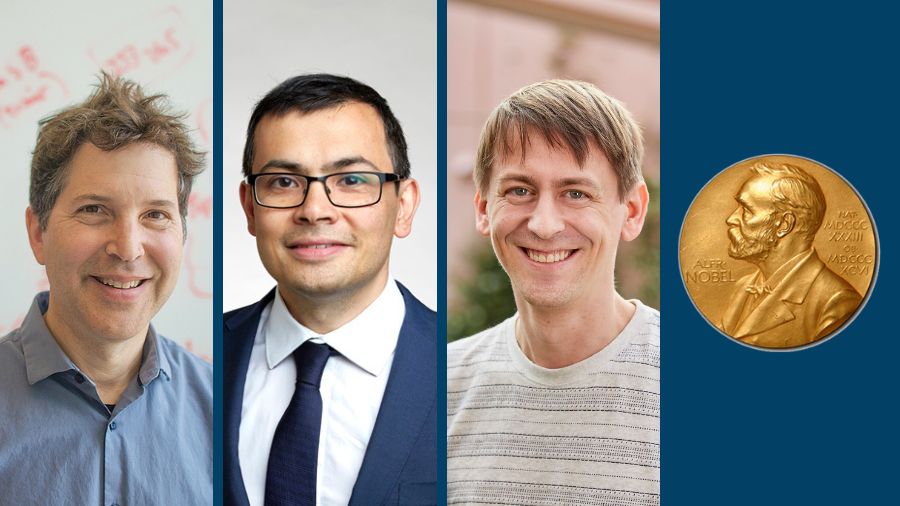
Nobel for ‘breakthrough in biochemistry’
David Baker, Demis Hassabis and John M. Jumper receive chemistry prize for computational protein design and structure prediction.

Nobel honors discovery of microRNAs
Victor Ambros and Gary Ruvkun win prize for medicine or physiology “for the discovery of microRNA and its role in post-transcriptional gene regulation.”
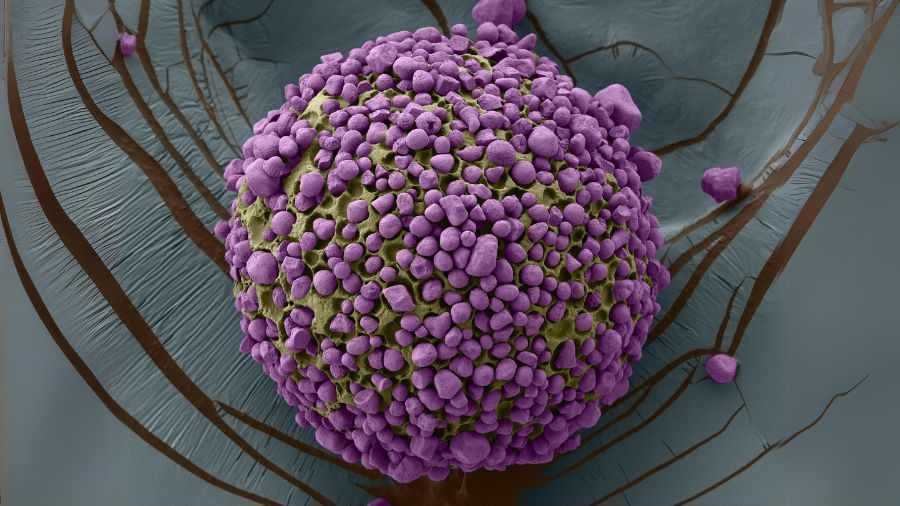
Microparticles safeguard vitamins and information
Scientists aim to use nanotechnology to combat malnutrition and improve medical recordkeeping in impoverished parts of the world.

ASBMB weighs in on NIH reform proposal
The agency must continue to prioritize investigator-initiated, curiosity-driven basic research, society says.
Career essays

The 2.5 points of no return in my scientific career
"Once you leave academia for industry, you will never return — or want to return,” Gertrude-Emilia Costin writes.

At a career crossroads: Exploring postdoc, faculty and industry paths
“This decision is not just about the next step in our career; it's about defining our trajectory in academia and shaping the impact we want to have," Thiago Pasin writes.

The fourth third of my career: Living the dream
After a few decades of being a professor, Jonathan Monroe thought it would be fun to return to the life of a postdoc after retiring. Here's how he did it.

With curiosity, a career is both a journey and a circle
Jen DuBois writes about her former colleague John Peters who solved the structure of iron-containing hydrogenase and, after holding faculty positions at four institutions, is now a department chair at his undergraduate alma mater.
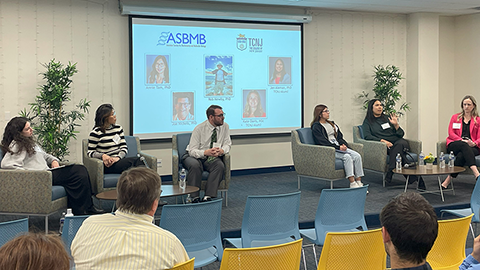
Helping a biochemist find a career path
Industry, academia and the ASBMB join forcues to introduce student job options in the sciences with a panel, networking and some good cheese.

Beyond basics in blood
Fatahiya Kashif writes about developing a vertically integrated curriculum that embeds basic science in a clinical setting to ensure students' knowledge is both theoretical and practical — and some costumes and role-playing to make it fun.
Research spotlights
Uncertain Ph.D. path ends with a sprint to an industry job
Serena Dossou is an expert in tumor immunology, macrophage biology and nanoparticle technology — and a member of the ASBMB Membership Committee.
Pollard helps her students STEP this way
Working to break the norms about who a scientist is, she helps young people from all backgrounds gain access to the lab.
There and back again: A Barbadian biochemist’s tale
Shane Austin’s linear academic journey to a Ph.D. focused on the study of mitochondria took him many thousands of miles from his island home.
A scientist's journey through disability, grad school, and beyond
By the end of high school, Crystal Mendoza already had lab experience and was well on her way to a college degree and a promising future. All the bumps in her road lay ahead.

Journal news

Harnessing a natural plant insecticide for commercial use
Researchers in Australia have identified circular peptides, called cyclotides, that affect the formation of cell membranes, causing death or restricted growth.
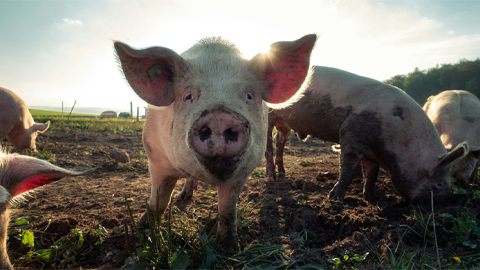
Seeking the sweet spot to beat a pig parasite
Researchers extracted, separated and tested glycans from the porcine whipworm in an effort to determine the best way to develop treatments and vaccines.
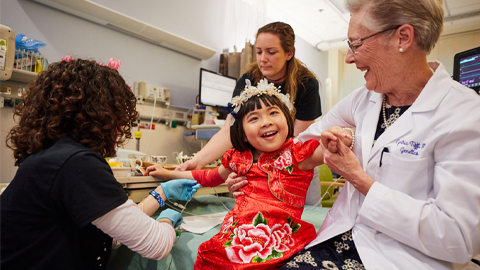
New strides in gangliosidosis
A gene that decreases disease progression in mice provides a new direction for human therapy.
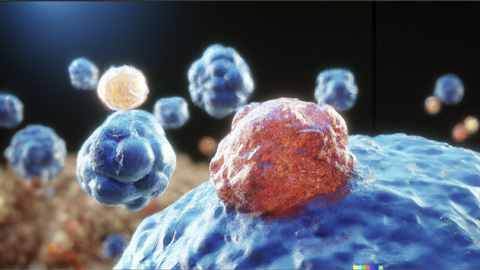
Cholesterol synthesis and cancer
Researchers find that the active form of a key cholesterol synthesis enzyme is upregulated in endometrial cancer tissues.
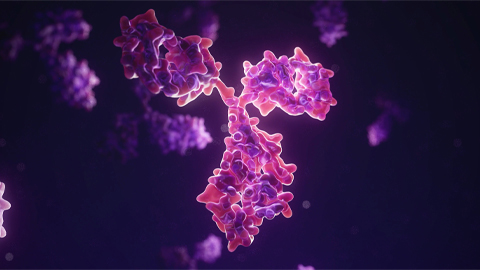
Illuminating the dark serum immunoglobulome
Researchers in the Netherlands shine a light on unique antibody repertories of severe COVID-19 patients.

Breaking fat: How exercise boosts your metabolism
Researchers at the University of South Carolina help decipher the mechanisms by which exercise impacts lipid metabolism.
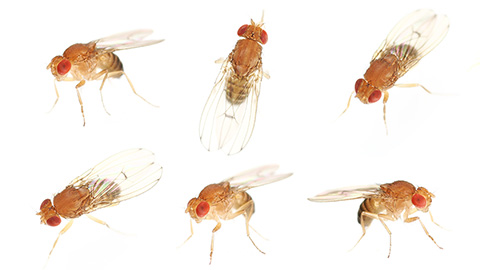
Cardiolipin helps fruit flies take flight
Researchers at New York University have found that this long-lived phospholipid may underlie the insect’s extraordinary wing strength.

Mapping out the protein path to hearing
To determine the profile of inner hair cell proteins, a team of researchers develops a technique that optimizes proteomics for limited sample sizes.

Finding the transcriptional basis of diet-induced obesity
A recent study shows the previously unknown role of hepatic transcription factor FOXA3 in metabolic disease.
Briefs
- JBC: Ribosomal RNA, R-loops and the RNA exosome — and more
- MCP: Unlocking a metabolic disorder mystery — and more
- JLR: Switching cancer cells from pro- to antitumor — and more
- JBC: Lung cancer cells resist ferroptosis — and more
- MCP: Beyond microscopy: Mass spec's role in biopsies — and more
- JLR: Binge drinking and bacterial lipoprotein regret — and more
- JBC: Maternal metabolite promotes offspring survival — and more
- MCP: Among cells, communication is key — and more
- JLR: Muscle lipids and metabolic syndrome — and more
Member updates
- Honors for Castel, Kelch and Parks
- Honors for Marletta, Alrubaye and Lyons
- Protein Society announces awards
- 2024 Goldwater scholars announced
- Honors for Arvidson, Kennelly and Studier
- EMBO elects 2024 members
- Garcia and Berkowitz named ACS fellows
- Honors for Langer, Rossjohn and Rai
- Honors for Baserga, Matunis and Tate
- Honors for Bhatt, Lim and Nuñez
- Honors for Pagliarini, Sarkar and Thompson
Retrospectives

Gary Felsenfeld
(1929–2024)
Colleages remember a researcher whose work at the NIH revealed the dynamic nature of chromatin and its role in gene expression and epigenetic regulation.
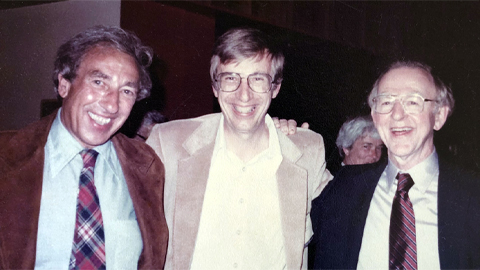
Donald J. Graves
(1933–2024)
Two of Don Graves' sons remember the father who worked in two Nobel labs and inspired their careers in biochemistry.
In memoriam

Society news
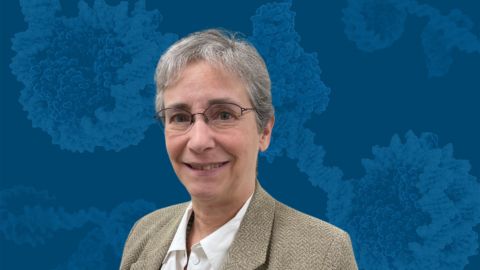
Redefining ‘what’s possible’ at the annual meeting
In her November President’s Message, Joan Conaway writes that the 2025 ASBMB Annual Meeting will be “a high-impact event — a worthwhile investment for all who are dedicated to advancing the field of biochemistry and molecular biology and their careers.”
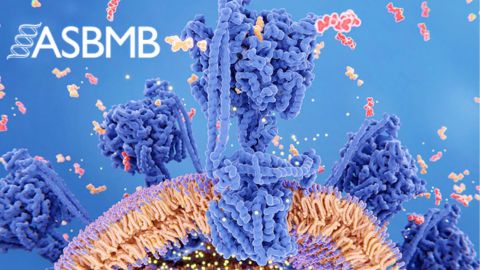
ASBMB Council: Summer roundup
The ASBMB Council met in May and August to discuss topics including operations and infrastructure, initiation of a strategic planning period for the society and several programmatic initiatives.
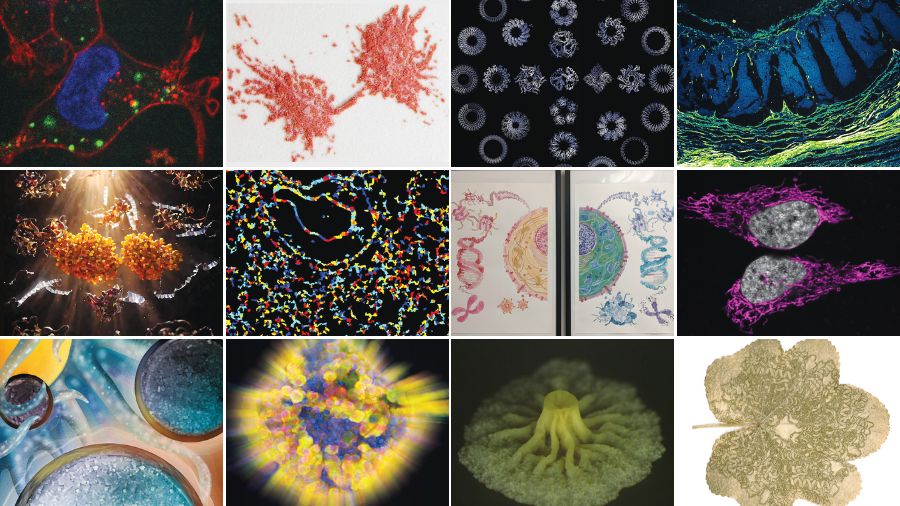
Molecular Motifs competition winners
The 12 winning works of bioart that will be featured in the 2025 ASBMB calendar were selected from 37 entries received from scientists in both academia and industry at all career stages with submissions coming from as far away as Pakistan and Brazil.
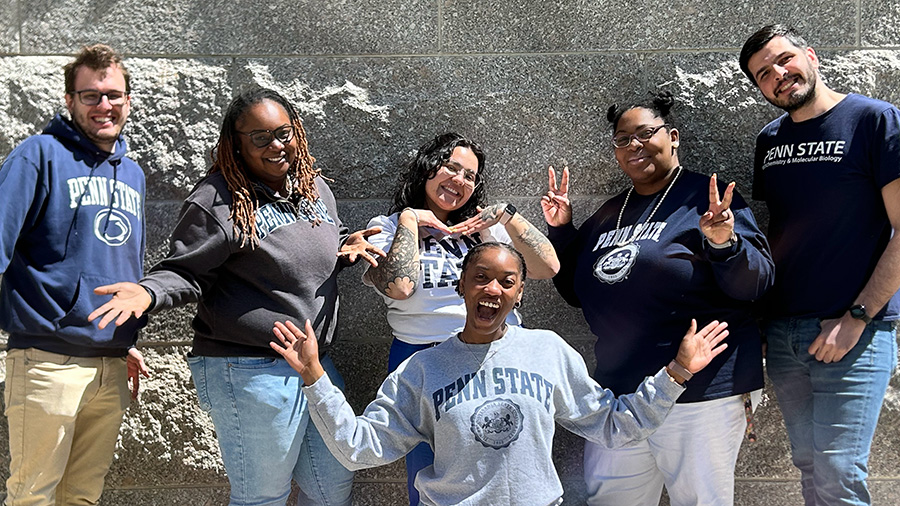
Growing a chapter for grad students and postdocs
At Penn State, the ASBMB is building a community to help provide these early-career researchers with the tools they need to excel in science and life.

2024 ASBMB election results
Members of the American Society for Biochemistry and Molecular Biology have elected several new leaders, including Russell DeBose–Boyd as the society's treasurer. Philip Cole, Martha Cyert and Edward Eisenstein are new members of the ASBMB Council. Judith Simcox joins the Nominating Committee and Jason Gestwicki joins the Publications Committee.
Meet our MOSAIC scholars
- Fighting the stigma of addiction with science: Kasey Girven’s mother wanted her to become a physician, but she realized she could also help her community with research.
- 'Don’t be afraid to take a different path': In 2016, Rebecca Ann Faulkner paused her career for four years to focus on her family, a decision she believes made her a more effective and empathetic scientist.
- Scholar loves to share the fun of science: Rene Arvola is an RNA biologist who, in her spare time, uses zebrafish to teach K-12 students about genetics and development.
- Giving back and advancing science go hand in hand: Ever since he was an undergraduate, Donovan Argueta has worked to support equity in higher education.
- Brain-on-a-chip tech powers neuroscience research: Brian O'Grady has engineered a biomimetic model of the brain’s blood vessels to help tackle glioblastoma.
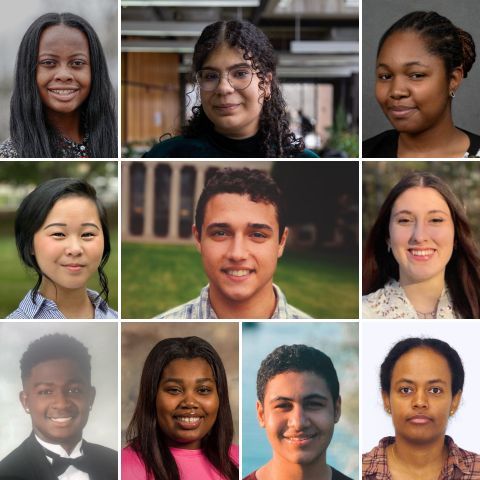
ASBMB announces 2024 Marion B. Sewer scholarship recipients
Ten undergraduates interested in biochemistry and molecular biology each receive $2,000 toward their tuition and related educational costs.
More society news
Introducing the ASBMB Active Site
This virtual community platform is designed to allow members to share exciting news and updates and connect with colleagues who share their passion for research.
‘We’re thankful for our reviewers’
Meet some of the scientists who review manuscripts for the Journal of Biological Chemistry, Journal of Lipid Research and Molecular & Cellular Proteomics.
ASBMB seeks feedback on NIH postdoc training questions
The National Institutes of Health takes steps toward addressing concerns about support caps, a funding mechanism and professional development.






